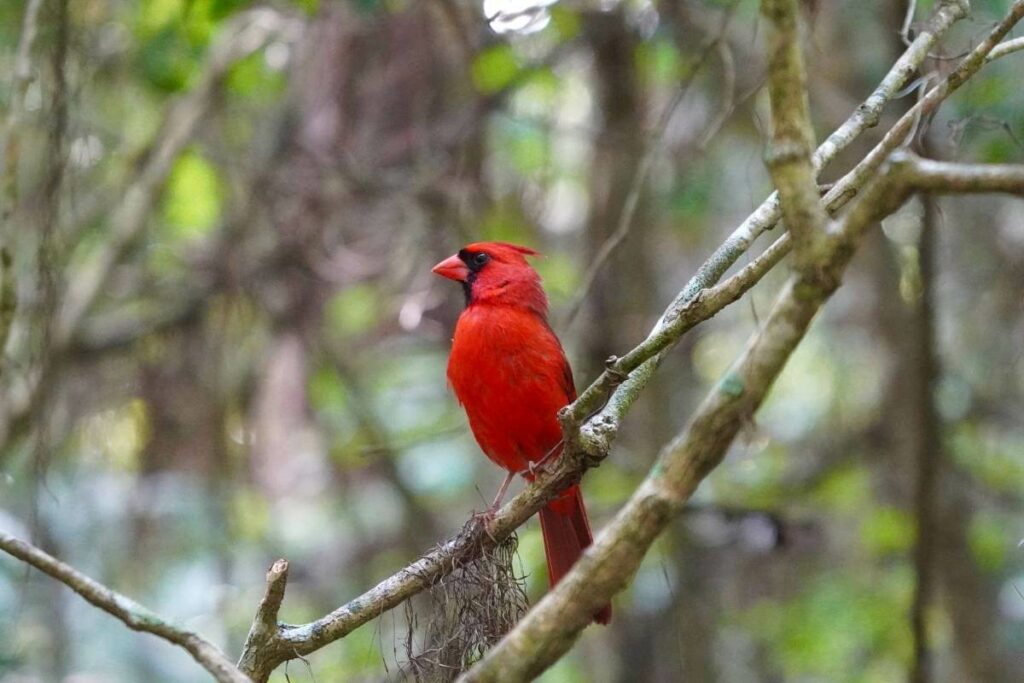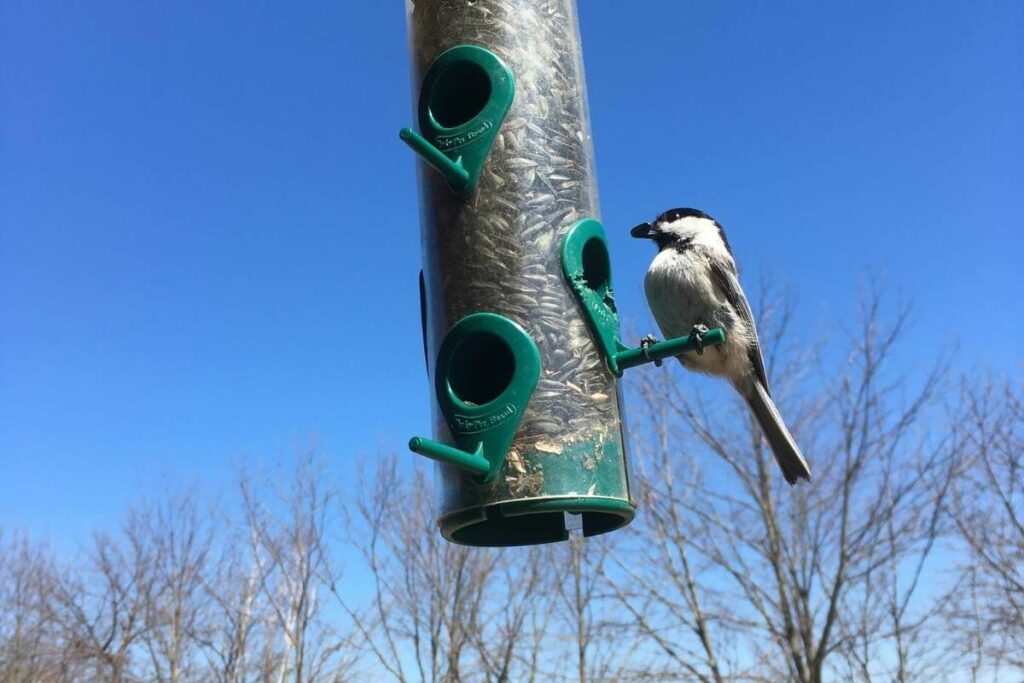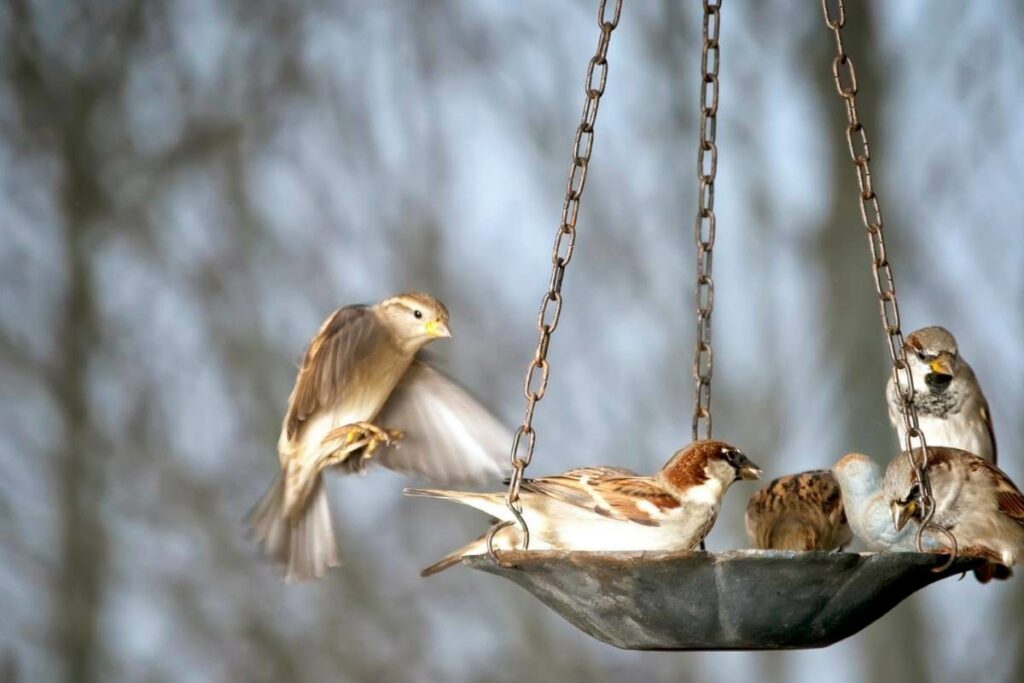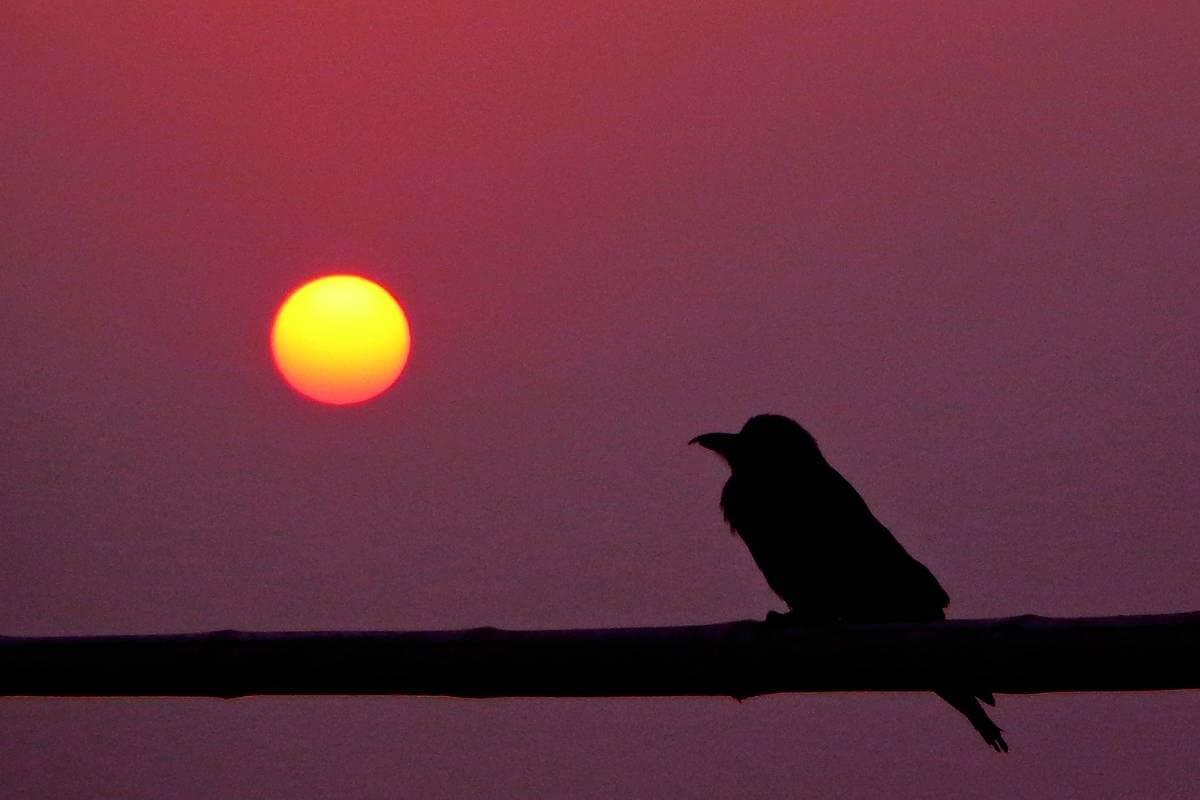If you want to bird-watch in your garden, you have to know when and where to look since you are more likely to see certain birds at different times in the day.
Although various factors impact when birds are active, most birds are active during three periods during the day: 8 A.M. to 11 A.M., 2 P.M. to 4 P.M., and 30 minutes before sunset. During these time, birds are most active and on the hunt for food. Factors such as temperature and weather may change birds’ habits, though.
To learn more about what time of the day garden birds are most active, read on.
This article fully explains when you can expect your garden birds to be active and offers tips for spotting your birds.
Read on for more.
When to Expect Your Garden Birds to be Active
Much like humans, birds have a circadian rhythm that dictates much of their activities, such as when they:
- rise
- sleep
- eat
As a result, getting in touch with your birds’ circadian rhythm can help you determine when they are to be most active in your garden.

Based on their circadian rhythm, birds are typically active in the early morning and early afternoon, which causes most garden birds to be active between 8:00 A.M. and 11:00 A.M. and 2:00 P.M. and 4:00 P.M.
During these times, the birds are most likely looking for food. Often, birds come out one last time during the day.
About 30 minutes before sunset, many birds have one last burst of energy that often trails mosquitoes and other nighttime bugs that come out at about the same time.
Although you should be able to find at least one bird a tall times of the day, this is when most birds will be most active and looking for food.
Factors That Affect Bird Activity
Even though you can expect your garden birds to be active in the early morning and early afternoon, various factors will affect the birds’ activities.
For example, these things will cause birds to change their habits :
- bird type
- weather
- time of year
- outside intimidation
Bird Type
Certain birds are more likely to wake up earlier than others.
Cardinals, chickadees, and hummingbirds are notorious for being some of the earliest risers. You are most likely to spot these birds between the 8:00 A.M. and 9:00 A.M. slots.

In comparison, many birds that fly solo are much more unpredictable. Woodpeckers are most often found between 10:00 A.M. and 11:00 A.M., but they may change their activity times day to day.
Similarly, Robins are different from most other garden birds because they are most active during the day.
Especially after Robin eggs hatch, you can expect to see female Robins looking for worms all throughout the day.
Owls are another species that throws a wrench in predicting when to see bird activity.
Feeling Lucky? Owls rarely frequent gardens at all, but they can be seen in the garden occasionally. They are most active during the first two hours of nightfall.
Weather
Weather impacts when birds get up and go out.
The times mentioned above mainly apply to pretty days when the weather does not stop the birds from getting up at their preferred time.
Rain, inclement weather, extreme cold, or extreme heat can cause the birds to change their habits. If it is only a shower, birds may wait until the shower is done to get active and hunt for worms, but you might see birds looking for food at random times if it is storming and has been for some time.
Time of Year
Time of year or season incites different bird habits too.
The reason for this is rather simple. Season largely determines the temperature outside, and birds don’t like extreme cold or heat.
As a result, birds will respond to the temperature by becoming active at different times in the day.
For example, birds are more likely to be active early in the morning in the summer than they are in the winter.
Early summer mornings provide the birds with tasty food without getting too hot, but birds will get too cold if they get up at the same time in the winter.
Although the time of year won’t change the birds’ habits dramatically, it may change their activity times by 30 minutes or so.
Intimidation
Of course, birds won’t go out and be active if there is something in your garden they deem as threatening.
A dog or even you working in the garden may halt bird activity.
3 Tips for Spotting Your Birds
If you are trying to spot your garden birds more frequently and reliably, we recommend getting to know your birds, looking out for group feeders, and trying different feeds.

That way, you can learn when to expect your birds to be eating and attract more birds.
1 – Know Your Birds
As we learned above, the bird species changes when your garden is most likely to be active.
For this reason, we recommend getting to know your birds. This means watching them and learning what species they belong to.
This will help you better predict when the birds are most likely to eat.
Even after you do your preliminary research, continue to watch the birds. Their habits may change based on other birds in the area.
In Other Words: Turn your bird watching into a full hobby so that you know their personalities and favorite eating times.
2 – Scout for Group Feeders
Some of the most entertaining birds are those that eat in groups.
Cardinals, chickadees, and hummingbirds are three species that are notorious for either eating in groups outright or following one another for food.

If you attract group feeders, you are going to have times throughout the day when your garden is set alight.
This makes your bird watching much more entertaining since the feeder is hyperactive at certain times throughout the day, often at the same time each day.
The downside of scouting for group feeders is that once the group is finished eating, they will fly away, and your feeder will become barren.
Solo flyers may come in one by one, but your feeder will be relatively dead until the group comes back.
Still, many people like attracting group feeders because it means that for about 10 to 20 minutes at a time, your birdfeeder will be full of life.
3 – Set Up Different Feeders
If you want a feeder that is as active as possible, set up different feeders to attract as many bird species as possible.
That Way: You can hope that at least one bird feeder is active at a time. This is especially a great idea if you want both group feeders and solo flyers in your garden.
Final Thoughts
If you want to watch your garden birds in action, you’re most likely to see life between 8:00 A.M. and 11:00 A.M., 2:00 P.M. and 4:00 P.M., and 30 minutes before sunset.
During these times, birds are most active because they’re often eating, drinking, and sometimes socializing with other birds.
Because various factors can impact when birds are most active, we recommend getting to know your birds.
That way, you can learn their habits and predict when they are going to be active based on the species, weather, and time of year.
You May Also Like
- What is Attacking My Bird Feeder at Night?
- What Is the Most Common Bird in Massachusetts?
- How Close Can Birdboxes Be?
